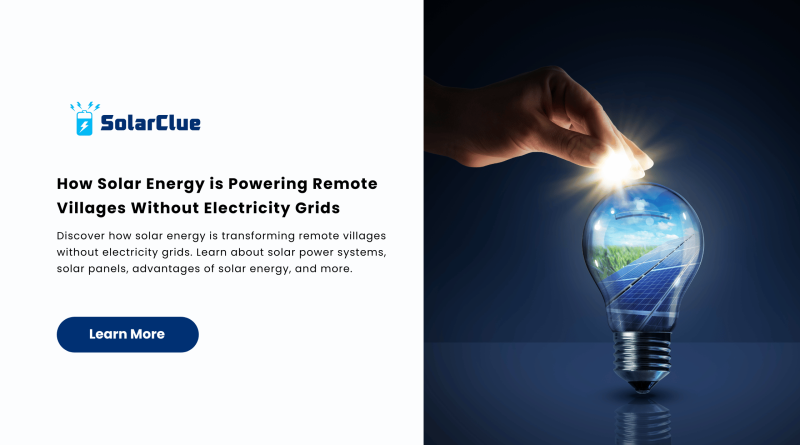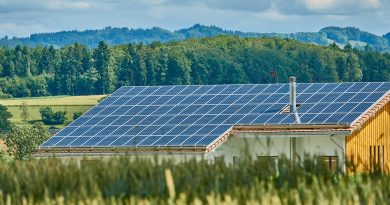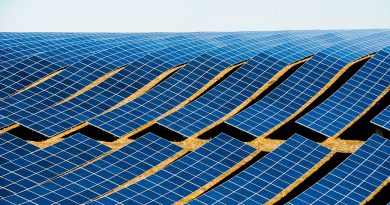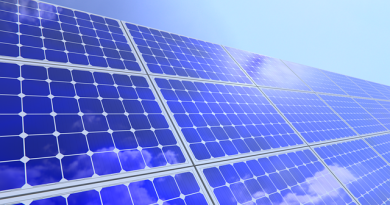How Solar Energy is Powering Remote Villages Without Electricity Grids
In many remote villages around the world, the absence of electricity grids has long been a barrier to development. However, solar energy is now emerging as a game-changer, providing a sustainable and cost-effective solution. With the declining solar panel price, communities are harnessing the advantages of solar energy to improve their quality of life. But how does solar energy work, and why is it the best alternative for these off-grid locations? Let’s explore how this renewable source is lighting up lives.
Table of Contents
- 1 How Does Solar Energy Work in Remote Areas?
- 2 Advantages of Solar Energy for Remote Villages
- 3 Uses of Solar Energy in Rural Areas
- 4 Challenges: Solar Energy Advantages and Disadvantages
- 5 Case Studies: Solar Energy Transforming Remote Villages
- 6 Future of Solar Energy in Remote Areas
- 7 Frequently Asked Questions (FAQs)
- 8 Conclusion
How Does Solar Energy Work in Remote Areas?
Solar energy is captured using solar panels, which convert sunlight into electricity. Here’s a simple breakdown of how solar panels work:
1. Absorption of Sunlight: Photovoltaic (PV) cells in solar panels absorb sunlight.
2. Conversion to DC Power: The absorbed energy is converted into direct current (DC) electricity.
3. Inverter Transformation: A solar inverter converts DC into alternating current (AC), making it usable for homes.
4. Storage in Batteries: Excess energy is stored in batteries, ensuring power availability at night or on cloudy days.
This solar power system is ideal for remote villages as it eliminates the need for extensive grid infrastructure.
Advantages of Solar Energy for Remote Villages
1. Energy Independence
By using solar electricity for home, villagers no longer rely on unpredictable fuel supplies. They generate their own electricity, ensuring a consistent power source.
2. Cost-Effective and Affordable
With the decreasing solar panel price, installing a solar power system is more affordable than extending traditional electricity grids.
3. Environmentally Friendly
Unlike fossil fuels, solar energy is a clean source that reduces carbon emissions, promoting a healthier environment.
4. Low Maintenance
Once installed, solar panels require minimal upkeep, making them a practical solution for remote areas where resources are limited.
Uses of Solar Energy in Rural Areas
1. Household Electricity: Powering lights, fans, televisions, and small appliances.
2. Water Pumping: Solar-powered pumps supply clean drinking water.
3. Agriculture: Running irrigation systems and farm equipment.
4. Education: Schools use solar electricity for home-based online learning and nighttime studies.
5. Healthcare: Clinics operate medical devices and refrigeration for vaccines.
Challenges: Solar Energy Advantages and Disadvantages
While solar energy brings numerous benefits, it also has limitations.
Disadvantages of Solar Energy
1. Initial Installation Costs: The upfront investment can be high despite lower solar panel price over time.
2. Weather Dependency: Solar power efficiency decreases on cloudy days and at night.
3. Energy Storage Costs: Batteries for storing excess power can be expensive.
4. Space Requirements: A large solar panel setup is needed for significant energy production.
Despite these challenges, the benefits far outweigh the drawbacks, making solar energy for home a viable option for rural electrification.
Case Studies: Solar Energy Transforming Remote Villages
1. India’s Rural Electrification Initiative
India has deployed solar microgrids in over 18,000 villages, ensuring sustainable energy access. Families now use solar electricity for home, reducing dependency on kerosene lamps.
2. Africa’s Solar Boom
In Kenya and Tanzania, companies provide affordable solar power systems through pay-as-you-go models, allowing villagers to install solar panels without huge upfront costs.
3. Latin America’s Solar Empowerment
Bolivia and Peru have introduced government-backed solar projects, improving education, healthcare, and economic growth in off-grid areas.
Future of Solar Energy in Remote Areas
With technological advancements and decreasing solar panel price, the future of solar energy in remote locations looks promising. New innovations, such as portable solar kits and advanced battery storage, will further enhance accessibility.
Frequently Asked Questions (FAQs)
1. How does solar energy benefit remote villages?
Solar energy provides electricity to remote villages without the need for traditional power grids, improving living standards, education, and healthcare.
2. What is the cost of installing a solar power system in rural areas?
The cost varies based on location, system size, and storage capacity, but decreasing solar panel price makes it more affordable.
3. What are the main disadvantages of solar energy?
Initial installation costs, weather dependency, and energy storage limitations are the primary drawbacks.
4. Can solar panels work during cloudy days or at night?
Solar panels generate less electricity on cloudy days and none at night, but battery storage helps maintain power supply.
5. How long do solar panels last?
Most solar panels have a lifespan of 25-30 years with minimal maintenance.
Conclusion
As more villages embrace solar energy for home, the dream of universal electricity access is becoming a reality. With its affordability, sustainability, and ease of installation, solar power systems are lighting up even the most isolated areas. If you’re interested in learning more about how solar energy can benefit you, visit our website today!




